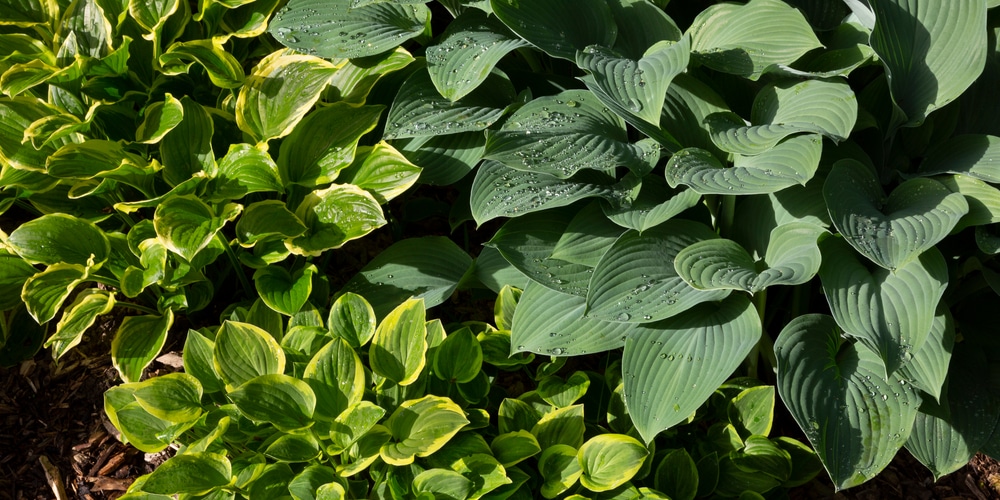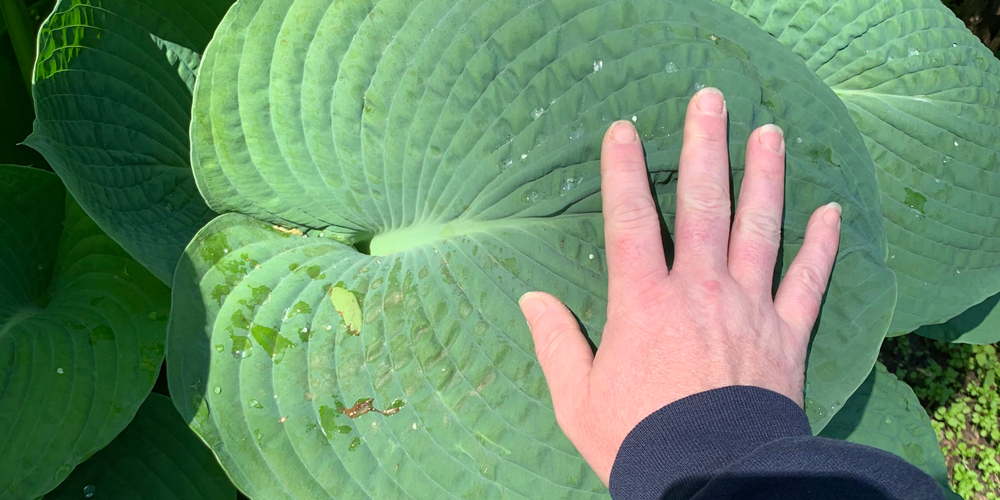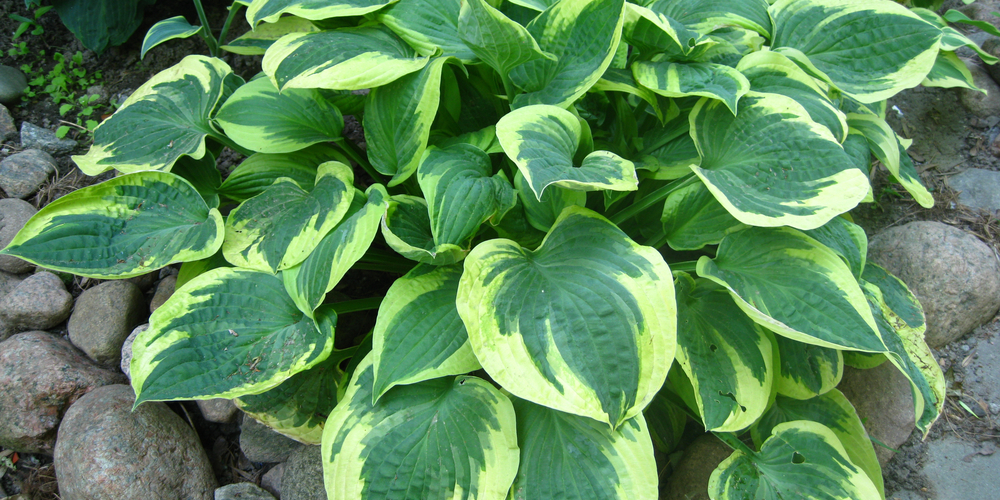Looking for a new gardening addiction that’ll set you aside from the herd? Consider hostas. Zone 7 hostas are one of the hardiest, most unique perennials you can add to your garden, plus you’ll get to be the member of a clan that has been given a really cool name: “hostaphilia.”
So what’s so unusual about hostas? Start with the fact that they come in an astounding array of shapes and sizes, largely because the various species have a pronounced penchant for inbreeding.
It sounds slightly indecent, but their unusual proclivities represent a gain for gardeners looking for diversity. Hostas can be round, lance-shaped or heart-shaped, or they can simply have oral leaves.
The available colors include blue, green, gold or chartreuse, and they can also sport flashy white or yellow stripes that run down the center or along the edges of the leaves.
For those looking for a larger color palette, they also come with lavender, blue or purple blossoms, and the icing on the cake is that those blossoms have a very attractive fragrance.
They’re versatile and prolific, too. A new hosta variety is introduced every 12 hours, and some come with colorful names like “Poke Salad Annie.”
Hostas Zone 7: The Zone 7 Factor
Hostas love Zone 7 conditions. They adore temperate shade, to the point that it helps make them all the things they are.
While there are varieties that can tolerate heat—Royal Standard in northern Florida, for instance—but as a general rule hostas also love winter.
So what else do they love? Well, good soil is essential. It needs to be fertile and moist with excellent drainage, and there can’t be any competing roots in the vicinity. Fertilize your hostas in the spring, feed them in the summer, and you’ll be good to go.
Another decision you have to make with hostas is pricing, but there’s no need to work up a sweat about that.
The reason is the inbreeding—if you happen to spring for a pricey variety, you can dig up and divide a decent size clump of hostas into four or five different plants down the road.
That will give you your own new hostas variety, and you can get them to be even more fruitful and multiply if you’d like.
When you do dig them up, though, make sure you cut completely between the different shoots with the roots attached. That will ensure singularity, and it will also give them a better chance to thrive.
The Variety Factor
Another great thing about hostas is that they play nicely with other plants and flowers. They can be stunning when combined with other plants that like similar growing conditions, which opens up a whole new world of design when it comes to your garden.
Specifically, hostas can play a starring or a supporting role, and you get to make the call. You can pair hostas with big leaves with other perennials that are long and narrow, like ferns, toad lilies, wild columbines and astilbes.
The mix and match possibilities are nearly endless, and you can experiment to your heart’s content.
You can also go for your own personal color scheme by pairing hostas with plants that feature yellow, cream or chartreuse in their leaves.
These included golden Japanese forest grass, “Mrs. Moon” lungwort, and others, and if the colors don’t make you a gardening star, some of the names will help put you over the top as well.
Other possibilities include lily-of-the-valley, wild ginger, hellebores and heucheras.
Protecting Your Hostas
Hostas do have an Achilles heel, though. In this case we’re talking about predators, with deer and voles at the top of the list.
Does in particular tend to look at hostas as a tasty salad, and they’re absolutely voracious. They’ll eat your hostas right down to the ground, and the only way to stop them short of Ft. Knox fencing is regular applications of deer repellant.
Voles, on the other hand, attack from beneath. They resemble mice, in case you’re not familiar with them, and they’ll chow down on the hostas stems beneath the surface of the soil line.
This will leave you with a not-so-spectacular display of wilted leaves that are soon to reach their expiration date, so if you have voles in your Zone 7 area you do need to be prepared for that possibility.
Voles like to hide under mulch and leaves, so you can counter their voracious tendencies by removing both, but be aware that it’s not a foolproof strategy.
But the predator caveat shouldn’t stop you from joining the world of hostas addicts. Gardeners tend to share repellent strategies, so there’s always hope from that quarter, and they also share gardening ideas that may increase your hostas possibilities exponentially.
And if that isn’t a great reason to try hostas, the final display you’ll get in your garden will still be more than enough to convince you they’re a great addition.
Related Article: Evergreen Shrubs Zone 7


